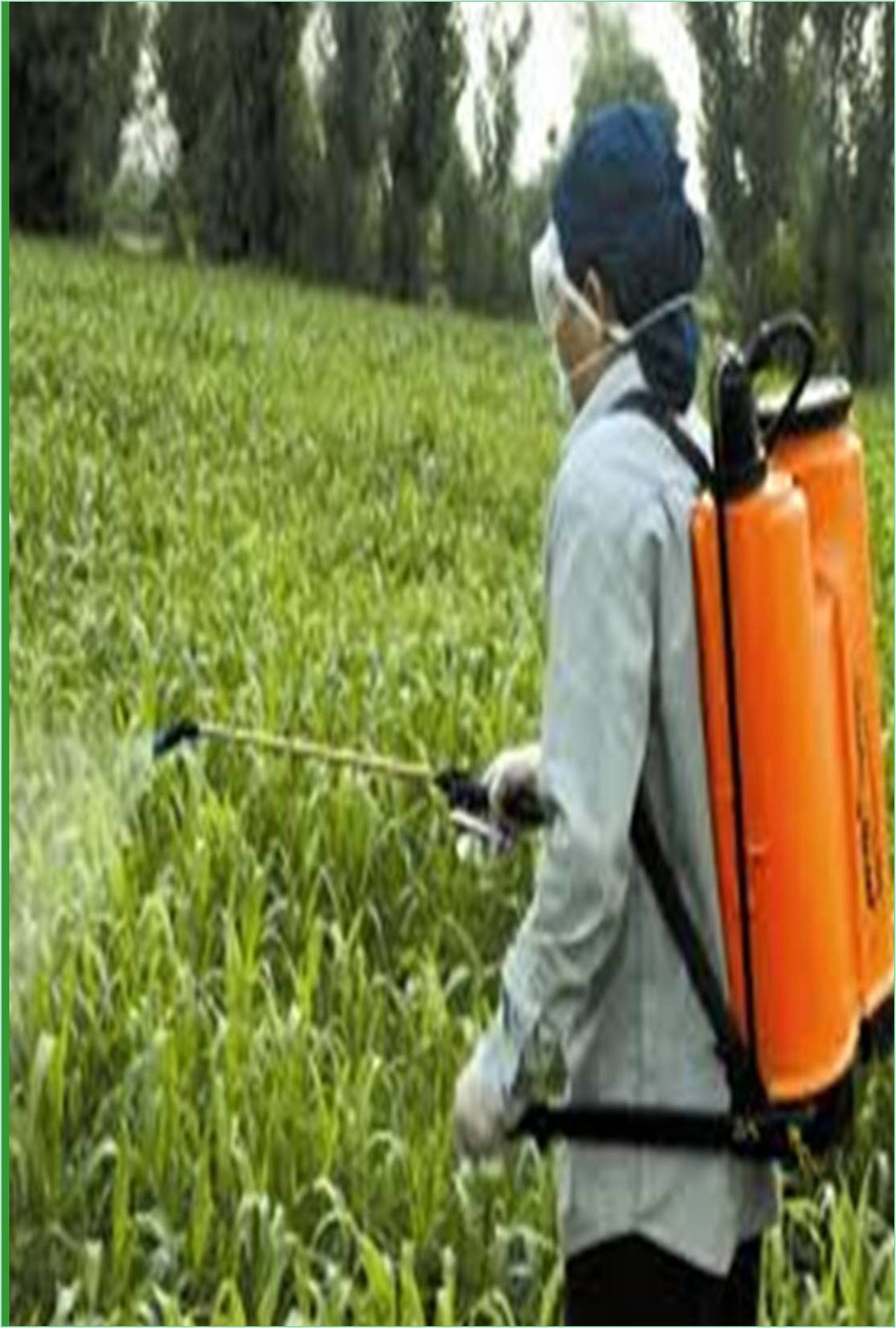



Received: 27-Jul-2022, Manuscript No. GJPDCP-22-73736; Editor assigned: 01-Aug-2022, Pre QC No. GJPDCP-22-73736 (PQ); Reviewed: 16-Aug-2022, QC No. GJPDCP-22-73736; Revised: 23-Aug-2022, Manuscript No. GJPDCP-22-73736 (R); Published: 30-Aug-2022, DOI: 10.15651/GJPDCP.22.7.049
Downy mildew affects the appearance of ornamental plants and can affect the yield and quality of edible plants. There are no effective fungicides available in home gardens, so control depends on cultivation techniques. Downy mildew is a leaf disease caused by a fungus-like organism (Oomycete). It spreads from plant to plant by airborne spores. It is a wet-weather disease because the infection is accelerated when the leaves are wet for a long time. Downy mildew causes light green to yellow angular spots on the upper side of leaves. White, fluffy growths of the pathogen develop on the underside of these spots. Over time, these lesions turn brown and dry. Older leaves are the first to be attacked. Severely damaged leaves may die. Rarely, pathogens can spread throughout the body, causing dark discoloration of trunk tissue.
When downy mildew attacks the cotyledons of young seedlings, the plants may die. Transplants of greenhouse lettuce can also become infected. Wet, cool conditions and leaf moisture are required for pathogens to infect lettuce and develop symptoms. Short-lived spores are spread by the wind during periods of high humidity. Cultured lettuce is the main host. The most effective way to combat downy mildew is to grow resistant varieties. If resistant cultivars are not available, apply fungicides before disease emerges. Protect greenhouse-grown transplants from spreading downy mildew and being carried into the field when transplanting. Downy mildew usually has a narrow host range consisting of only a few related plants. For example, the downy mildew that affects Brassica is a different species than the one that affects pansies. Unlike powdery mildew, downy mildewaffected plants are not easily identifiable
The disease is spread by spores produced on the underside of infected leaves. These spores are dispersed by rain and can be carried long distances by the wind. Downy mildew can cause severe losses to many ornamental and greenhouse crops. In recent years, new downy mildew diseases have been discovered in coleus, basil and garden impatiens. Downy mildew poses a challenge to growers both because it is present but unobtrusive and once it occurs it is difficult to control with fungicides. The pathogen is very different from powdery mildew. They affect different plants in very different environmental conditions and are controlled by different classes of fungicides. Wetness can cause serious outbreaks. Most downy mildews are highly host-specific and infect only one plant family. Pathogens include species of Peronospora, Pseudoperonospora, Bremia, Plasmopara and Basidiophora. Downy mildew affects almost all ornamental plants as well as some house plants. Greenhouse crops reportedly affected by downy mildew include snapdragon, salvia, alyssum, pansy, sunflower, rosemary, primula, osteospermum, impatiens walleriana, coleus, statice, verbena, ornamental cabbage, basil, and cineraria. Perennial hosts include Aster, Buddleia, Coreopsis, Geranium (not Pelargonium), Geum, Gerbera, Lamium, Delphinium, Veronica, and Viola.
Downy mildew spreads through specialized structures called sporangia that occur on the underside of leaves. Air currents and splashes loosen these sporangia, spreading the pathogen to nearby healthy plants. The time between infection and onset of symptoms varies from days to weeks and is highly dependent on environmental conditions. Some species of downy mildew produce long-lived viable spores called oospores that can remain in the soil. Others can survive in weed hosts near greenhouses. Downy mildew can also be seed-borne. Airborne spores can only survive for a short time, but most downy mildew species also produce the second type of spores (dormant spores known as oospores) in affected plant tissues. These dormant spores are much more resilient. They are released into the soil as the diseased material decays and may survive for long periods (up to 5 years). It can then infect the host plant through the roots and cause a systemic infection (spread throughout the plant).